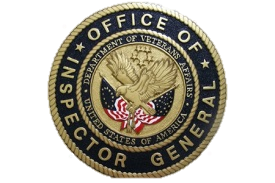Posted by Team KMCU on Jul 11, 2025
Clear Patient Responsibility in Chiropractic Personal Injury Cases
Hot Topics from the KMC University HelpDesk
Handling personal injury cases in chiropractic care can get messy — fast. Many doctors feel stuck waiting for payments, relying on attorneys, or accepting less than they’re owed. The good news? You don’t have to run your practice like a bank. Understanding how personal injury billing works — and where your responsibilities begin and end — will help you stay compliant and get paid fairly.
Know Your State’s Personal Injury Rules
First, always remember that every state has its own rules for auto accidents and personal injury claims. Some states use a no-fault or PIP (Personal Injury Protection) system, where the patient’s insurance pays for their medical care. Others operate under the TORT system, where a third party (the at-fault driver’s insurer) is responsible for covering expenses — but this often means attorneys get involved.
Who Really Owes the Bill?
No matter what, your patient always owes you for the services you provide. Don’t let the promise of future payments from an attorney or insurance company fool you into becoming their interest-free lender. Explain up front that the patient is responsible for the bill, even if they hire an attorney or expect funds from med pay or a liability settlement.
Protect Your Payments with Proper Processes
Whenever possible, collect payments as you go. If your patient has med pay coverage, make sure you have all the proper paperwork and Assignment of Benefits forms in place to receive direct payment. Don’t rely on the attorney to hold and distribute the funds later — that isn’t how med pay should work.
- If you do choose to wait for payment until a case settles, protect yourself:
- Consider charging interest after a reasonable period (like 30 days after discharge).
- Use interest as leverage if the attorney tries to reduce your final payment.
- Be clear in your financial policy about how you handle PI cases.
Stay Informed and Educate Your Patients
Many attorneys tell patients that all funds must flow through them, even when that’s not true. Take time to educate your patients about their options. If they can access discounted fees through a discount medical plan, for example, make sure they pay you directly and receive a proper receipt for reimbursement.
If you’re out-of-network with health insurers, you’re not obligated to submit claims for patients unless you choose to.
Take Back Control of Personal Injury Cases
Don’t feel pressured to jump through hoops just because an attorney says so. You deserve to be paid properly for the care you provide — and to protect your practice’s financial health in the process.
If you need help with personal injury billing, PIP, med pay, or handling tough conversations with attorneys, KMC University is here for you. Schedule a FREE Discovery Assessment today to find out if we can help!







Comments on Personal Injury Cases in Chiropractic: Don’t Be the Patient’s Bank